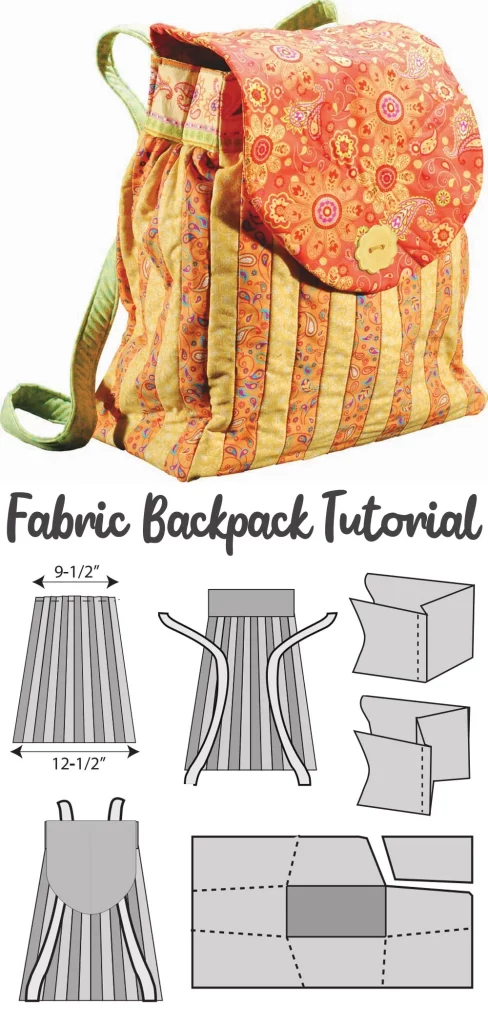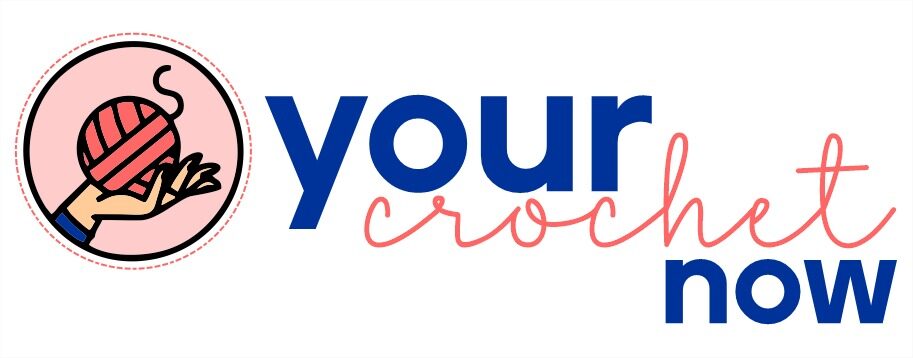Are you a fan of handmade quilt projects? If you love crafting and want to combine functionality with creativity, this DIY Patchwork Backpack Free Pattern is the perfect project. It’s practical, stylish, and a fantastic way to use your fabric scraps in a smart way. Whether you’re a beginner or an experienced crafter, this quilt-based backpack will walk you through every step of the way.
This tutorial is designed for quilting enthusiasts who enjoy working with quilt patterns and are looking for a unique twist. The patchwork style allows endless possibilities in terms of color, design, and personalization. You’ll not only learn how to make a backpack but also apply traditional quilting techniques to a modern accessory.
Keep reading to discover how to create this charming backpack from scratch. We’ll go over the materials, fabric cuts, sewing steps, and finishing touches. Don’t forget to bookmark this post so you can return to the pattern whenever inspiration strikes!
Why Choose a Patchwork Backpack?
Patchwork allows quilters to reuse small fabric pieces from previous projects. This makes it both an eco-friendly and budget-friendly way to sew something useful. Instead of throwing away leftover quilt fabrics, you can give them a new life with this fun backpack.
Backpacks are everyday essentials. Whether for school, travel, or casual use, a handmade backpack stands out with its unique quilted texture and colorful design. Plus, a patchwork quilt finish adds that extra charm that store-bought items often lack.
A backpack made with quilt patterns offers durability and softness at the same time. The layers used in quilting—especially when batting is involved—create a sturdy structure that’s both functional and beautiful. If you’ve ever quilted before, this pattern will feel like second nature.
Materials You’ll Need
Before starting, make sure you have all the materials ready. Here’s what you need:
- Assorted cotton quilting fabrics (at least 6–8 types for the patchwork front)
- Lining fabric (1 yard)
- Fusible fleece or quilt batting (1 yard)
- Nylon webbing or matching fabric for straps (2 yards)
- Zipper (14 inches)
- Magnetic snap or button
- Basic quilting and sewing supplies (rotary cutter, ruler, thread, iron, pins)
Using quilt fabrics ensures better results as they’re designed to handle stitching, pressing, and layering. You can use pre-cut squares or charm packs if you want a faster start. Otherwise, dig into your scrap bin and mix patterns for a personalized touch.
A rotary cutter and cutting mat will make it easier to cut precise fabric pieces. Make sure your iron is hot and ready, as pressing your seams is key in quilt construction. This will help keep everything aligned and crisp throughout the backpack assembly.
Fabric Cuts and Patchwork Layout
To create the patchwork panels, cut the following:
- (20) squares measuring 4.5″ x 4.5″ for the front panel
- (20) squares measuring 4.5″ x 4.5″ for the back panel
- (2) strips 3″ x 14″ for the side panels
- (1) strip 3″ x 10″ for the bottom
- (2) lining pieces 14″ x 14″
- (2) fusible fleece pieces 14″ x 14″

Arrange the front and back panel squares in a 4×5 grid (4 across, 5 down). Mix colors and patterns for a lively look. Sew the squares together in rows first, then stitch the rows to form a solid panel.
Once complete, press all seams flat. Fuse the quilt batting or fleece to the back of each finished panel. This gives the quilt structure and the traditional quilted appearance. Optionally, you can topstitch to create a real quilted texture on each side of the backpack.
Sewing the Outer Shell
After creating the patchwork panels, you’ll sew them into the outer backpack shell. Start by sewing the side panels (3″ x 14″) to the left and right edges of the front panel. Use a ¼-inch seam allowance.
Next, sew the back panel to the other edge of the side panels to create a tube. Then attach the bottom strip (3″ x 10″) to the lower edge of the tube. Make sure all seams are securely pressed and that the edges line up correctly.
Turn the shell right side out. If you want, you can quilt along the seams with a topstitch to reinforce the bag. This is a great chance to showcase your favorite quilt patterns and add extra personality to your piece.
Making the Lining and Pockets
Use the same dimensions for the lining pieces as the outer panels. Cut two 14″ x 14″ squares and two side strips measuring 3″ x 14″. Also, cut a bottom piece 3″ x 10″. If you’d like interior pockets, cut an extra piece 8″ x 12″ and fold it in half.
Sew the pocket piece onto one lining panel before assembling the lining. Align the folded edge upward and stitch the sides and bottom. Optionally, divide it into smaller pockets by sewing vertical lines.
Then assemble the lining panels just like the outer shell, but leave a 4-inch gap at the bottom to turn the bag later. No need to use batting or fleece here unless you want extra padding inside.
Attaching the Zipper and Top Finish
Pin the zipper right sides together with the top edge of the front panel. Place the lining behind it, sandwiching the zipper between the outer and lining fabric. Sew across the edge using a zipper foot.
Repeat for the back panel. When you open the panels, the zipper will be neatly sewn between them, with a clean finish. Press and topstitch along the zipper to keep the fabric from catching.
Once the zipper is installed, you can stitch the lining and outer bag together at the top seams. Make sure the zipper is open before turning the bag inside out through the lining gap.
Adding Straps and Final Assembly
Cut two fabric strips or webbing to 18″ each for backpack straps. Sew them onto the back of the bag about 3″ from each edge, making sure they’re securely stitched in a box or X pattern.
For the top handle, cut a 6″ fabric strip, fold it, and sew it to the top center. If using adjustable buckles, you can customize the strap length. Match your thread color for a cleaner look.
Finally, close the gap in the lining by hand or machine. Push the lining into the backpack, give everything a good press, and admire your quilted backpack. You’ve just turned your scraps and creativity into something beautiful and useful!
Styling and Gift Ideas
This patchwork quilt backpack makes an excellent gift for birthdays, back-to-school season, or holidays. Since it’s handmade, it carries a lot of personal value and meaning.
Try making multiple versions using different quilt patterns—floral, modern, or even holiday-themed fabrics work great. You can personalize it by adding initials, embroidery, or decorative stitching.
These backpacks are also ideal for craft fairs or Etsy shops. Handmade quilt items are trending, and a unique patchwork backpack is sure to catch customers’ attention.
Conclusion: Start Your Patchwork Adventure Today
Making your own DIY Patchwork Backpack is both satisfying and practical. It’s a fantastic introduction to combining quilt techniques with everyday accessories. Plus, it’s a smart way to reuse your fabric stash and give your creativity room to grow.
Whether you follow this exact pattern or experiment with your own quilt patterns, the end result is something you’ll be proud to use or give as a gift. Don’t be afraid to try different color schemes and layouts—every quilted bag is a one-of-a-kind creation.
So pull out your rotary cutter, prep your fabrics, and get started on your quilted backpack today. You’ll not only learn a new skill but carry your creation with pride wherever you go!

